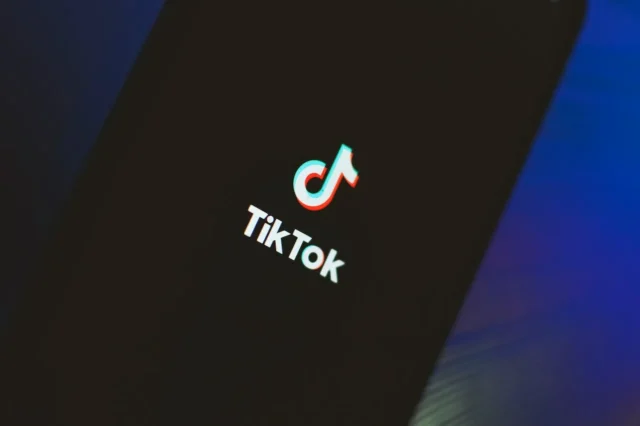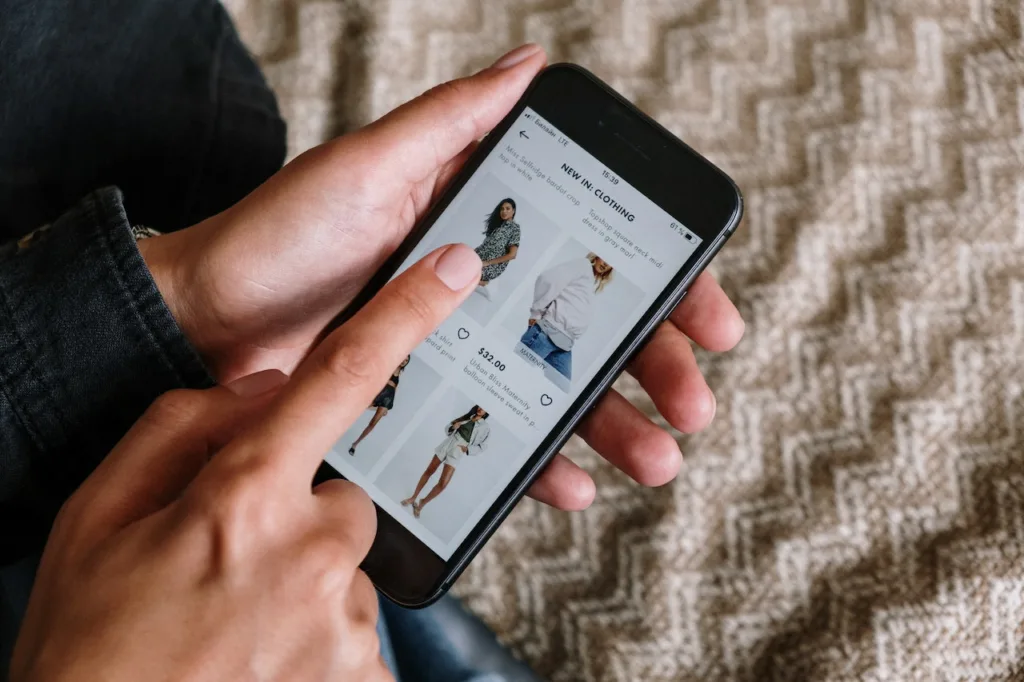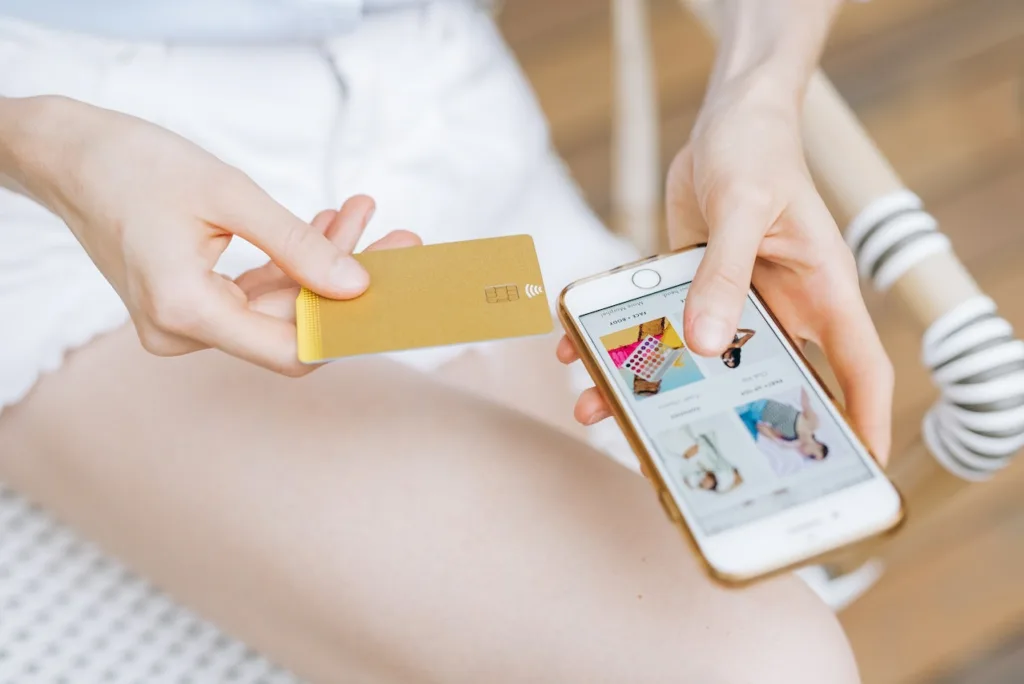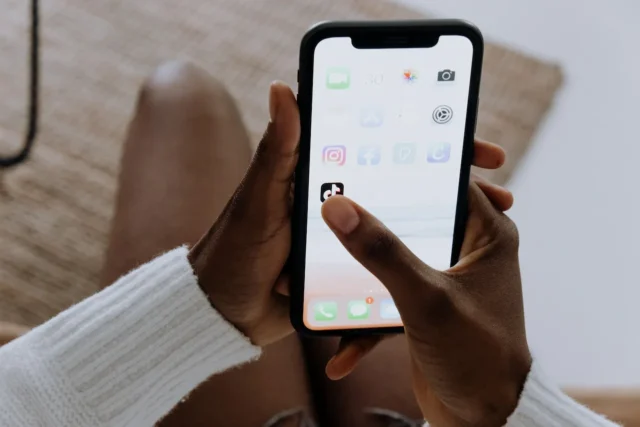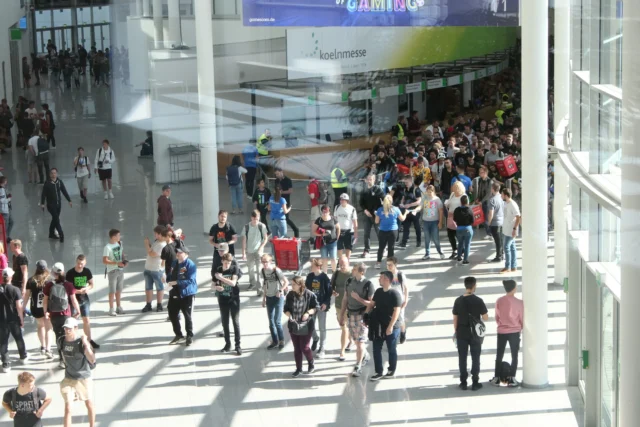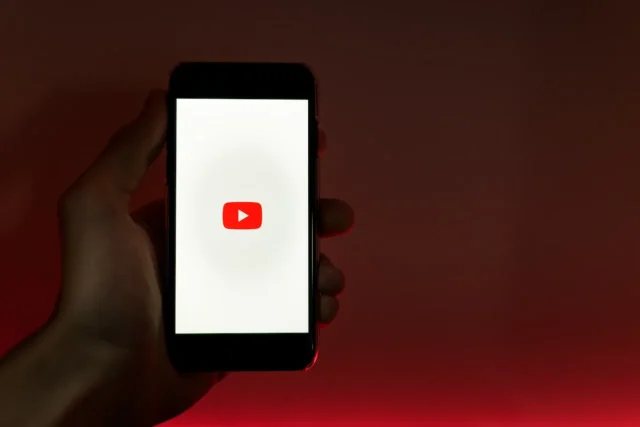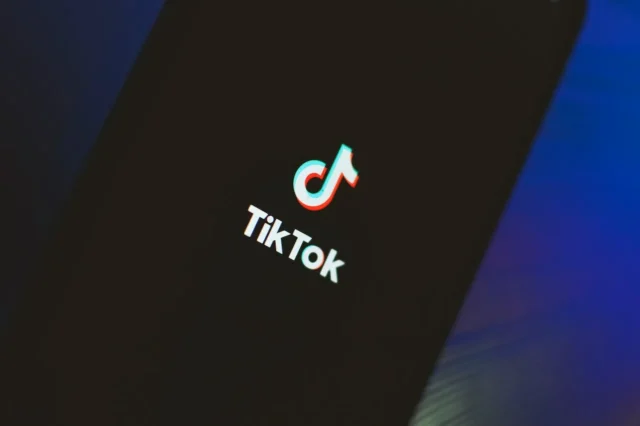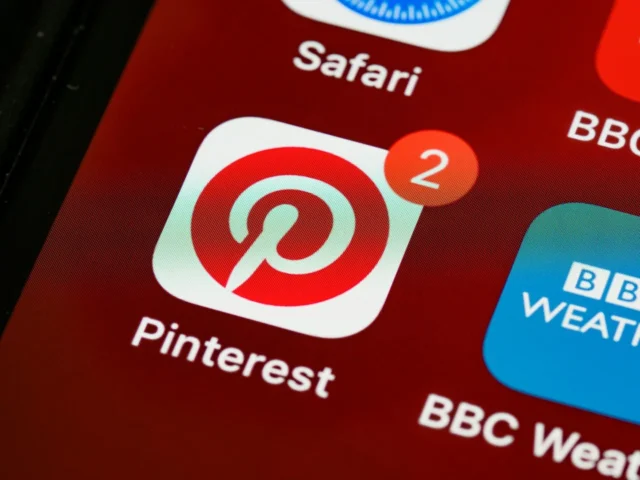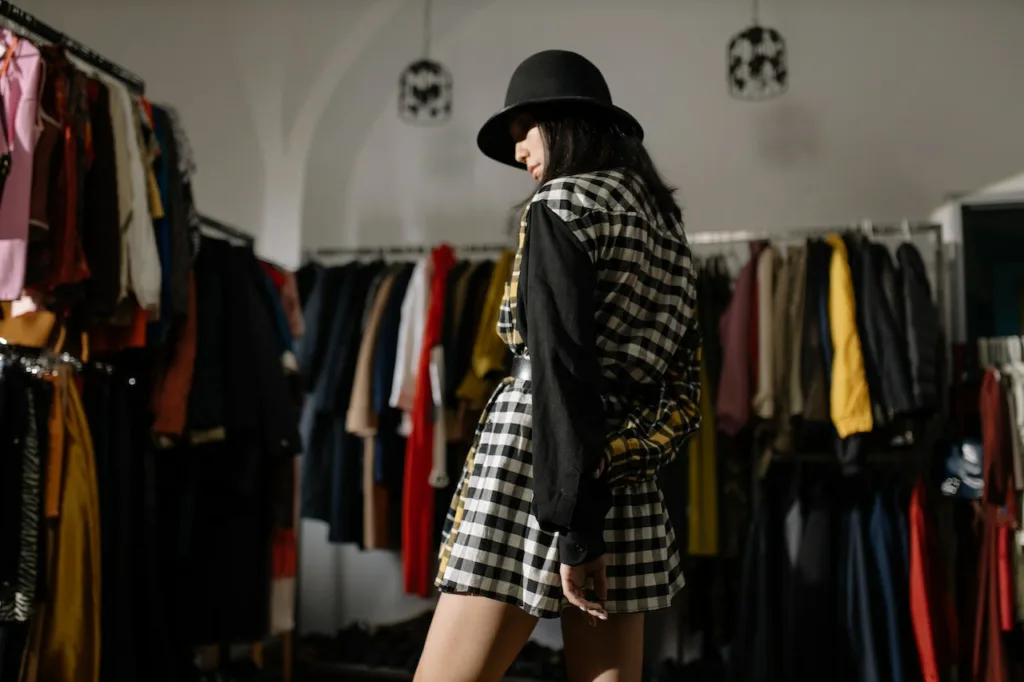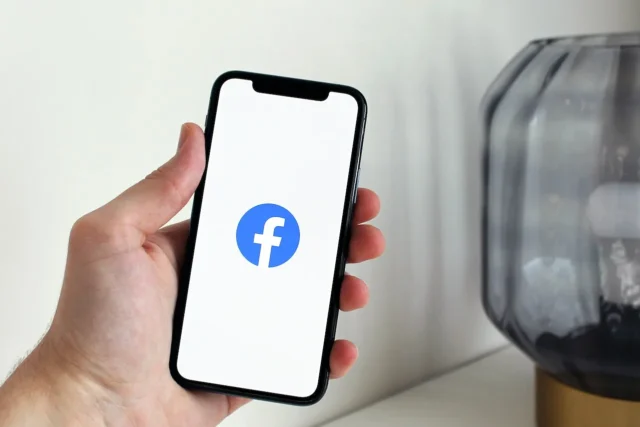YouTube’s Updated Impersonation Policies: A Step Towards a Safer Community
YouTube, the world’s largest video-sharing platform, has been making significant strides to ensure the safety and integrity of its community.
The platform’s impersonation and copyright infringement policies are designed to protect creators, viewers, and partners.
Recently, YouTube has updated these policies to combat the rising issue of misrepresentation and impersonation on the platform.
Impersonation Policy
The platform’s Impersonation Policy states that content intended to impersonate a person or channel is prohibited.
This includes channels that copy another channel’s profile, background, or overall look and feel so that it appears to be someone else’s channel.
Personal impersonation is also prohibited, where content is designed to look like someone else is posting.
“A channel that copies another channel’s profile, background, or overall look and feels in such a way that makes it look like someone else’s channel. The channel does not have to be 100% identical as long as the intent is clear to copy the other channel,” stated Youtube

Consequences of Violating the Impersonation Policy
If a user violates the Impersonation Policy, YouTube may terminate their channel or account.
The platform provides a detailed guide on channel or account terminations, explaining that the user will receive an email explaining why a channel is terminated.
“For example, channels claiming to be a ‘fan account’ but actually posing as another’s channel and reuploading their content would not be allowed. Another example would be channels with the same name and avatar or banner as another channel, with the only difference being a space inserted into the name or a zero replacing the letter O would not be allowed”, states Youtube.
Once a channel is terminated, the user is prohibited from circumventing the termination by using or creating other YouTube channels.
Copyright Infringement and Counter Notifications
YouTube also has stringent policies in place to deal with copyright infringement.
If a user’s content is removed due to a copyright removal request and they believe it’s due to a mistake or misidentification, they can submit a counter-notification.

This is a legal request for YouTube to reinstate content removed due to a copyright removal request.
Update on Dislikes
In a recent update, YouTube announced changes to how dislikes are displayed on the platform. The dislike count will now be private across YouTube, but the dislike button will remain.
This change was made to protect creators from harassment and reduce dislike attacks, where people work to drive up the number of dislikes on a creator’s videos.
Creators can still find their dislike counts in YouTube Studio and other metrics if they want to understand how their content performs.
Viewers can still dislike videos to tune their recommendations and privately share feedback with creators.
By understanding these policies, users will ensure they are using the platform responsibly and respecting the rights of others.
These updates state the platform’s commitment to creating an inclusive and respectful environment where creators have the opportunity to succeed and feel safe to express themselves.
The updates will take effect on 21st August 2023




